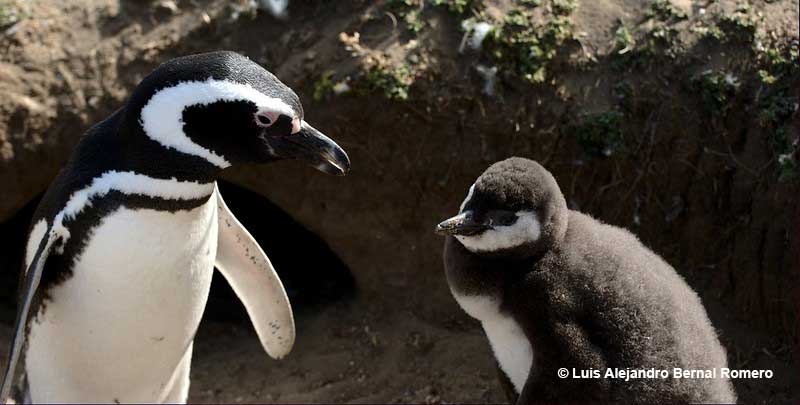
Penguins are among the most unusual of birds. They have the elegant “penguin suit” color patterns but look so clumsy on land. On the other hand, they are athletic swimmers in the cold ocean and fiercely dedicated parents who raise their young in some of the most inhospitable places on Earth.
Our imaginations tend to project penguins on any desolate, frigid terrain. Still, do penguins live in all such places, and can they be found in Alaska?
Let’s find out.
On this page
Do Penguins Live In Alaska?
Unfortunately for many, penguins do not live in Alaska.
In fact, they don’t live anywhere in the Arctic Circle, or the North Hemisphere.
Related: Where do penguins live?
Although the ‘Last Frontier’ state has plenty of cold, snow, coastlines, and fish, you could never find penguins there because they exclusively live in the Southern Hemisphere.
However, Alaska has plenty of gorgeous birds to offer. With 567 recorded species (as of 2024), it ranks as the third-richest U.S. state concerning avian biodiversity.
Among all those hundreds of species, there are some surprising penguin look-alikes.
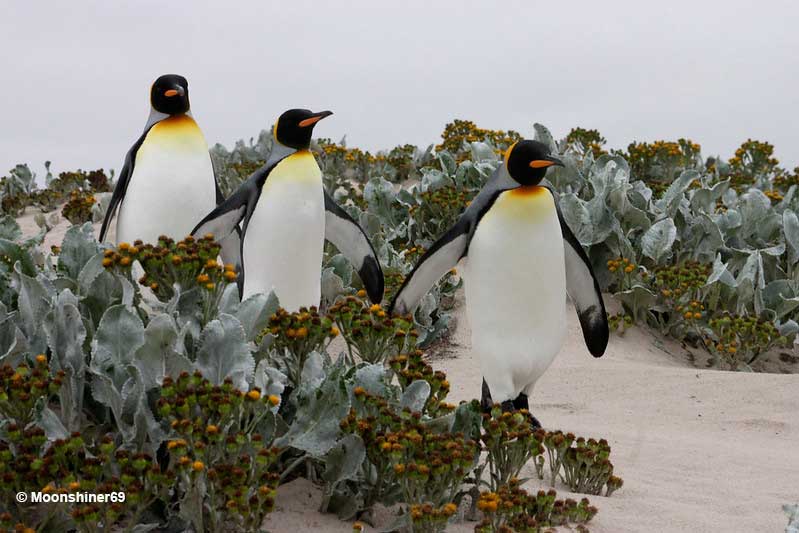
Penguins Gone Astray
Despite not being naturally present there, penguins have been occasionally observed near Alaksan coasts, but certainly due to human intervention.
A notable example was a Humboldt penguin accidentally captured by the fishing vessel Chirikof in the summer of 2002. Like similar cases, the confused penguin was likely taken aboard by another boat sailing north of the penguin’s natural habitat and eventually abandoned.
Egegik and Angela
The dilemma “Do penguins live in Alaska?” likely landed you on this page – but you weren’t the first to ask. The age-old question has been tickling the minds of many across the world.
After receiving one such question on his radio show, an Italian journalist, Antonello Marescalchi, imagined it would be a great public stunt to give a positive answer by snatching two penguins from the wild and moving them to Alaska for good.
That is how one sad pair of penguins was deliberately placed in Alaska in 1958.
From today’s perspective, the practical joke is cruel and unusual, with zero regard for biodiversity and animal welfare.
However, since it was acceptable just 60 years ago, Marescalchi bought two penguins from trappers and took them to the Arctic Health Research Center in Anchorage.
The penguins were named Egegik and Angela (despite both being females) and “married” in a ceremony. The public was amused by the prospects of an “Alaskan penguin nation.” Still, the personnel was ill-prepared to take care of the penguins. In the end, birds suffered a brutal and ironic death – they froze to death during a cold snap just two months after their arrival.
For now, the only legitimate Alaskan penguin is Chilly Willy (and let’s hope it stays that way).
Birds That Look Like Penguins
The following birds are penguin look-alikes that can be readily observed in Alaska.
To clarify, birds such as murres and puffins aren’t penguin relatives. Their alikeness comes from inhabiting the same ecological niche and is a brilliant example of convergent evolution. The phenomenon happens when two species share similar lifestyles and habitats and thus evolve very similar adaptations without being related.
Oh, and don’t be surprised – unlike penguins themselves, all North American penguin-like birds can fly.
Horned Puffin
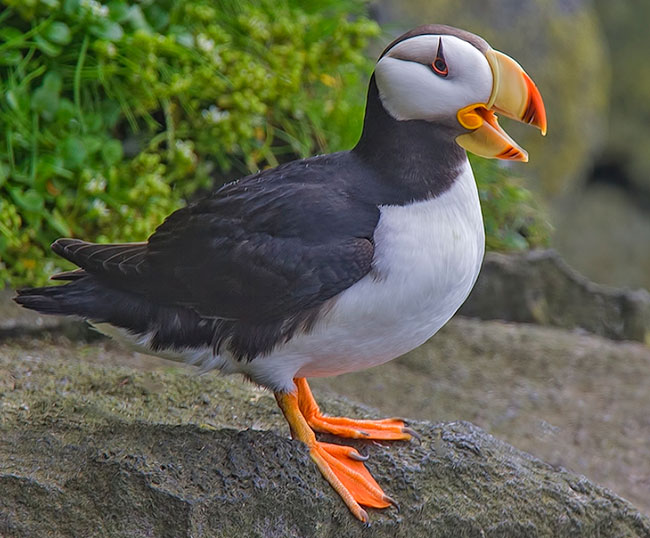
Photograph © Alan Wilson
Can you imagine an Atlantic Puffin but wearing heavier ‘makeup?’ Well, that’s what a Horned Puffin sort of looks like.
This elegant bird highly resembles its Atlantic cousin. However, as the name suggests, it is distinct for the small, meaty, black horn-like structure growing from the eye upwards. It lives only in the North Pacific, including the Coasts of Alaska, British Columbia, and Siberia. Alaska has the highest portion of the North American population. Still, despite the seemingly strong numbers, the Horned Puffin has faced sharp declines in the 20th century.
Like all auks, it relies on its diving abilities to hunt for fish. It is a colonial nester, often in mixed colonies with other auks. The pair will pick a rock crevice on the coastline cliffs to raise a new generation of Horned puffins.
Common Murre
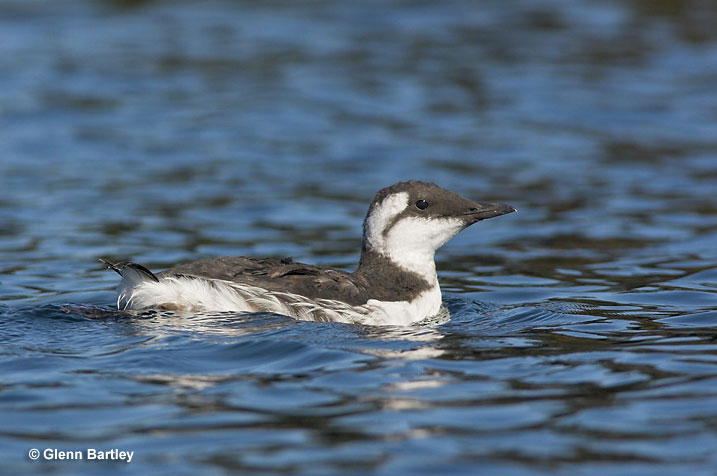
With an estimated 13-20.7 million breeding birds, the Common Murre is one of the most numerous and best-studied marine birds in the Northern Hemisphere.
About 2.8 million of them nest in dense colonies in the Gulf of Alaska, Southeast Alaska, and several Alaskan islands. In the wintertime, they travel to the sea just south of the ice border, as well as small Pacific islands.
The black-and-white body and frequent upright posturing definitely make a Common Murre visually similar to penguins.
There are many uncommon facts about Common Murres. For example, they are the best divers in the Northern Hemisphere, reaching depths of up to 600 feet deep. Also, their eggs are pear-shaped so that they wouldn’t roll over off the steep, narrow cliffs.
Dovekie
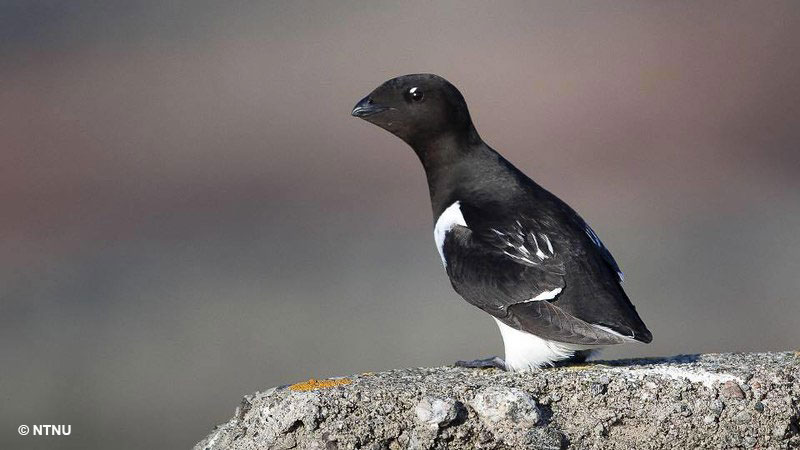
Now, you get to meet a pocket-sized penguin look-alike. The Dovekie, or Little Auk, is the smallest murre species – about the size of a dove. It is also one of the most abundant seabirds in general, found in huge numbers in the North Atlantic territories of Greenland and Europe.
A small breeding population inhabits the Bering Sea, including Alaskan territories. A tiny population of around ten pairs persisting on St. Lawrence Island.
Despite their size and delicate look, Dovekies are fast and feisty swimmers and divers, hunting prey as small as zooplankton. They breed in large colonies on cliffs. Dedicated parents may fly up to 60 miles to find enough food for their offspring. Their strong flying abilities are one of the features that makes them greatly distinct from penguins.
Dovkies were also an important food source for indigenous communities and Europeans. Dovkie meat is an integral part of the (in)famous Inuit fermented dish, the Kiviaq.
Thick-billed Murre
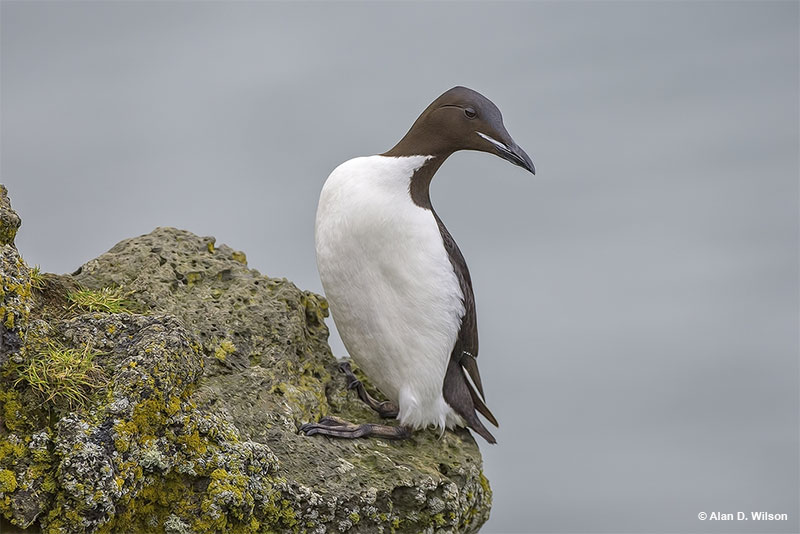
Similar to the Common Murre but with a bigger and bulkier body and beak, the Thick-billed Murre is perhaps the most persuasive penguin look-alike of all the birds I have listed so far. After the extinction of the Great Auk, this species remained the largest living member of the Auk family.
With four distinct subspecies, these birds are spread out throughout the polar and sub-polar range of the Northern Hemisphere. They spend their entire time at the sea, save for the period they nest on the inaccessible cliffs, often in mixed colonies with the Common Murres.
Except for being bigger, the Thick-billed Murre also has a characteristic white line across its dark face.
Where Do Penguins Actually Live?
Real penguins – flightless birds of the family Spheniscidae – live only in the Southern Hemisphere. They inhabit all “down under” continents, including Antarctica, sub-Antarctic islands, far South Africa and South America, New Zealand, and Australia.
When it comes to their preferred landscapes, penguins are bound to the sea, so their main habitats are oceans and the surrounding coasts. They prefer islands and remote continental locations with no or very little land predators.
Although we instantly connect penguins with icy domains such as Antarctica, different species are adapted to various climates. True, Emperor Penguins are found exclusively in Antarctica, but there are also the Galápagos penguins in the equator’s tropical zone.
Do Penguins Ever Move From Their Preferred Habitats?
Most penguin species migrate due to food availability, inhospitable seasonal weather, and breeding.
They can spend long months hunting at the sea and then return to the same breeding ground year after year. In that undertaking, some species cover huge distances.
Emperor penguins are known for their long inland migration, made famous by the 2005 film “March of the Penguins.”
Frequently Asked Questions
Would it be possible for penguins to ever live in Alaska?
Penguins could never be found naturally in Alaska and wouldn’t be able to survive there even if introduced. All penguin species are exclusive to the Southern Hemisphere. And although some birds can travel from pole to pole, penguins can’t fly, so they would never get a chance to end up in the Northern Hemisphere – including Alaska – on their own.
The rare spottings and captures of penguins near the North American coasts are a mischief of boat crews, who likely captured the birds in their natural range and abandoned them North. These unfortunate penguins didn’t come to live here – instead, they’re lost at sea.
Can penguins fly?
Penguins can’t fly – not even the slightest bit.
Or, to put it into a different perspective – penguins can’t fly through the air but can most definitely “fly” through the water. All penguin species use their specially modified wings to propel themselves through water and dive efficiently.
How long can penguins travel?
Most penguins venture far off from their breeding colonies to find food. Adélie penguins are an extreme example – individuals in the southernmost colonies in the Ross Sea migrate up to 10,936 miles (17,600 km) yearly.
